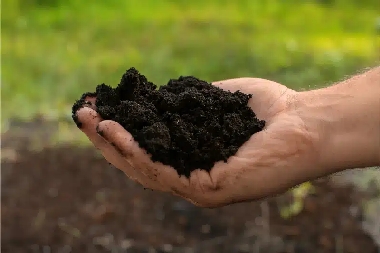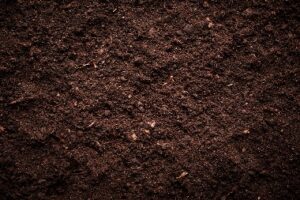Hermiston Clay in Soil

As we navigate the challenges of modern farming, the importance of understanding clay in soil becomes increasingly clear, especially for those of us in Hermiston. With the agricultural landscape evolving and the need for sustainable practices rising, it’s crucial for us to adopt effective soil management techniques. Did you know that nearly 20% of greenhouse gases come from agricultural practices? This statistic highlights the pressing need for innovative solutions like EcoGEM’s Soil Enhancer, which focuses on improving soil health and sustainability.
In Hermiston, where farming is a vital part of our community, the unique properties of clay in soil can either hinder or enhance crop production. By utilizing products designed to improve soil structure, we can tackle issues such as erosion, runoff, and nutrient retention. Understanding the local conditions allows us to take advantage of these solutions and maximize our yields.
Here are some important aspects regarding clay in soil that we should consider:
- Types of clay in soil can significantly impact drainage.
- Effective methods on how to use clay in soil can enhance fertility.
- Clay in soil benefits include improved moisture retention.
- Learn how to break down clay soil fast for better aeration.
- Explore sandy soil alternatives for diverse planting options.
Improving clay in soil is not just a matter of productivity; it’s about fostering a healthier ecosystem for all of us. By embracing EcoGEM’s innovative solutions, we can make strides toward sustainable farming practices that benefit both our crops and the environment. If you’re interested in enhancing your soil quality and ensuring a more sustainable future, feel free to reach out to us at (253) 348-2200 or visit our Contact Us page.
Hermiston Soil Clay Levels

Understanding soil clay levels is essential for farmers and gardeners alike in Hermiston. The right balance of clay in soil can determine the success of our crops, particularly in a region that experiences varying weather conditions. Research shows that clay can hold moisture and nutrients, but when levels are too high, it can lead to compaction and poor drainage. We need to be proactive about managing these levels to optimize our agricultural output.
In our area, recognizing the specific soil clay levels can help us make informed decisions about soil amendments and management practices. By leveraging these insights, we can ensure that our crops thrive while minimizing environmental impact.
Let’s look at some critical points regarding soil clay levels:
- Soil clay levels chart can guide us in assessing soil quality.
- Accessing soil clay levels pdf can provide essential data for decision-making.
- Understanding the 7 types of soil helps in diverse farming practices.
- Identifying sandy soil characteristics can diversify our crops.
- Exploring clay soil advantages can lead to healthier plants.
By focusing on the soil clay levels unique to our region, we can enhance our farming practices and contribute to a more sustainable agricultural landscape. If you’re ready to improve your soil management strategies, contact us at (253) 348-2200 or visit our Contact Us page for more information.
Hermiston Clay Soil
Clay soil is a significant aspect of agriculture in Hermiston, influencing everything from crop growth to water retention. While it can present challenges due to its dense nature, the benefits of clay soil are substantial when managed correctly. Research indicates that clay soil can retain nutrients effectively, which is vital for healthy plant growth. As we strive to optimize our farming techniques, understanding how to work with clay soil is crucial.
In our community, farmers can benefit from tailored strategies to improve clay soil conditions. By implementing practices that enhance soil structure, we can achieve better drainage and aeration, ultimately leading to more productive yields.
Here are some key points regarding clay soil that we should consider:
- Clay soil for plants provides essential nutrients and moisture.
- Recognizing the types of clay soil helps in crop selection.
- Discover how to break down clay soil fast for improved growth.
- Find out where to buy clay soil products for optimal results.
- Learn how to make clay soil more suitable for gardening.
By effectively managing clay soil, we can ensure that our crops thrive and contribute to a sustainable agricultural future. If you’re interested in exploring EcoGEM’s solutions for improving clay soil, contact us at (253) 348-2200 or visit our Contact Us page. Together, we can cultivate a healthier, more productive farming environment in Hermiston.

